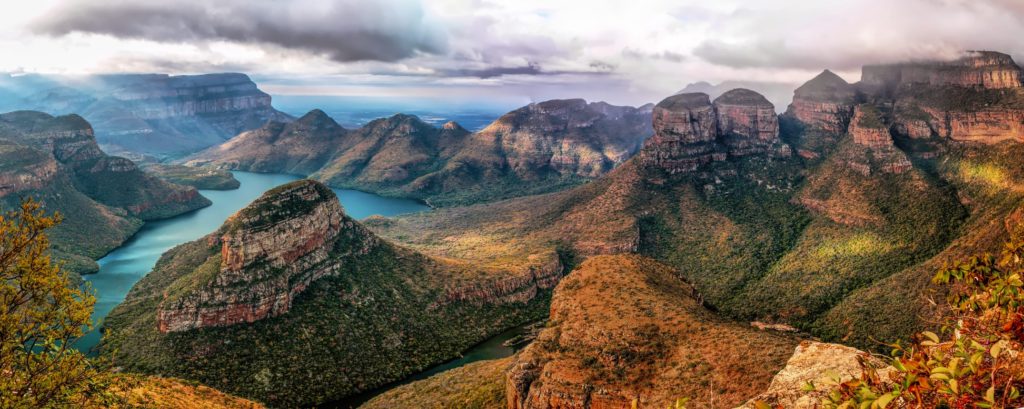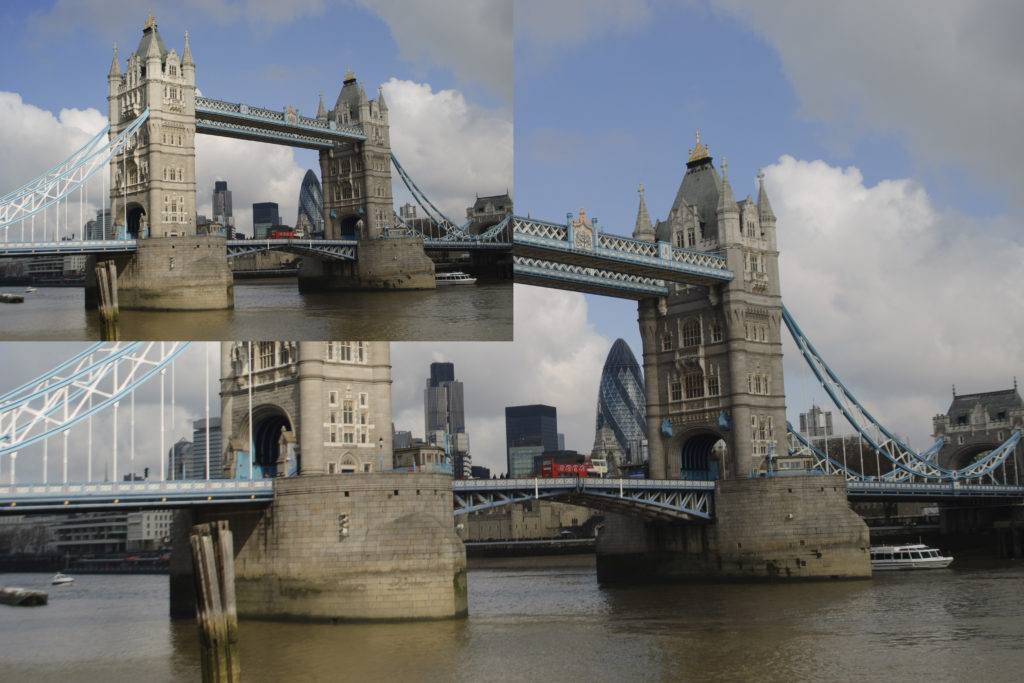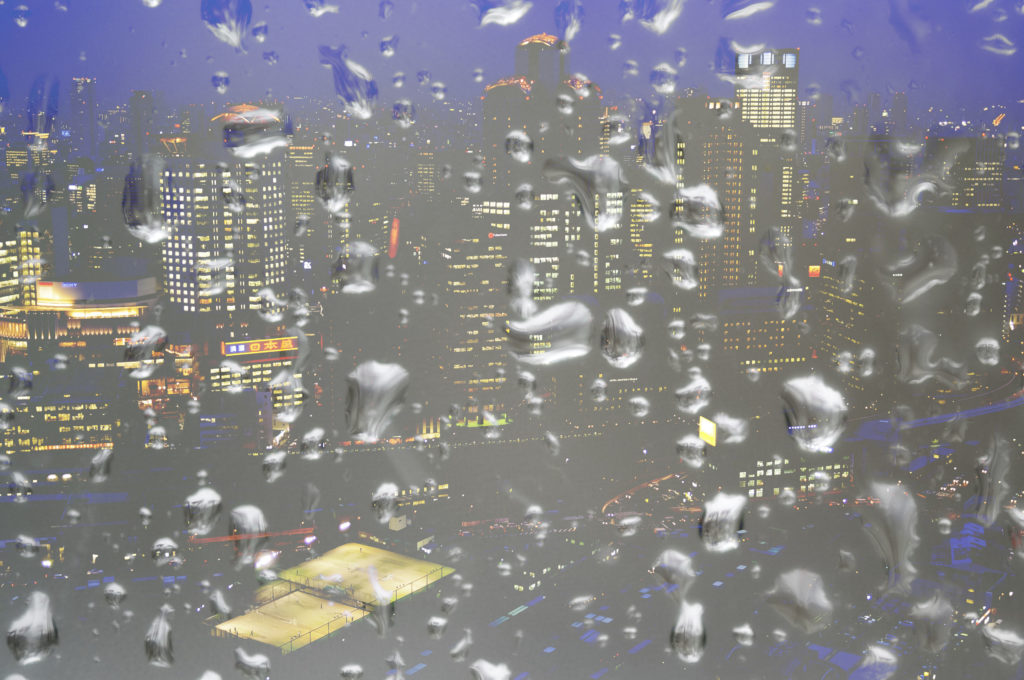Photoshop is an extremely powerful piece of software for any photographer to have in their arsenal for landscape photography. It is really comprehensive and allows photographers and retouchers to achieve gorgeous images, but it can require in-depth knowledge to be proficient at Photoshop.
Here are 3 quick tips to some very useful tools in Photoshop and by mastering these you'll be well on your way to ensuring your landscape photographs are as amazing as your creativity imagined. Of course, Photoshop is not the only horse in the race, so take a look at our landscape post production section for other ideas.
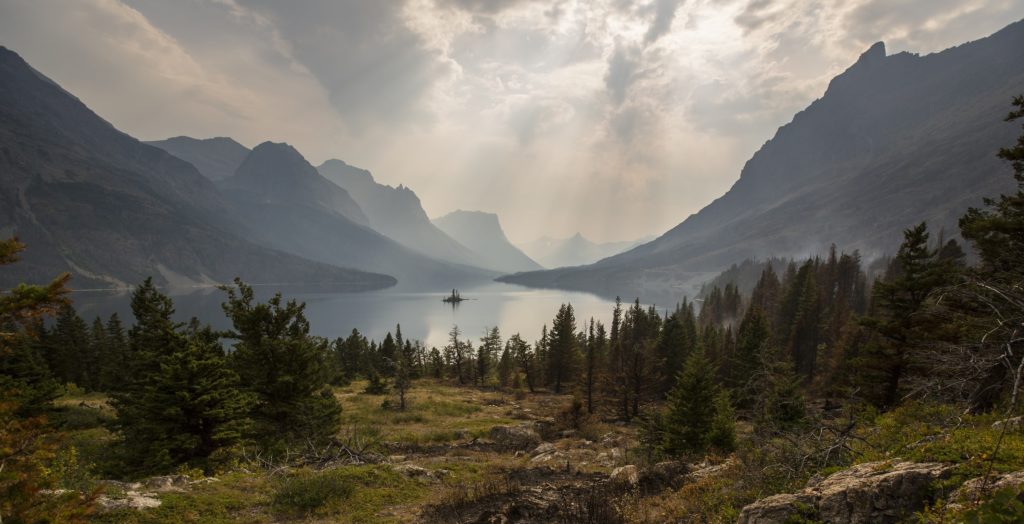
Tip #1 – Master The Adjustments Panel
Hue/saturation and colour balance are my favourites. Photoshop is all about finesse, and the best thing about adjustments is their ability to hone in on one specific area of the photograph you are trying to improve.
For instance, let's say we wanted to create a slight orange tinge to foliage. We could just slap on a hue/saturation adjustment layer and crank the hue slider slightly to the left for a change to the whole image.
However, that's not how you'll achieve the best results. By selecting ‘Greens' from the dropdown, we can focus our attention on only this colour range.
Then by getting out a brush (b) and selecting the mask (the white box in the layers panel), we can paint out the areas we don't want to be affected by this hue adjustment.
Remember, black masks out and hides, while white reveals the adjustment – just like the light! Combining this with saturation and opacity sliders can leave you feeling like you're in total control of the image.
Further Learning
- Problems With Adjustment Layers In Photoshop? Here’s How To Avoid Them
- Photoshop Essentials: What is an Adjustment Layer and How to Use Them to Edit Your Images
Tip #2 – Lens Correction
By going to the menu bar > filter > lens correction, you can bring up a host of controls dedicated to reducing what most deem unwanted effects from lenses. In my mind, this is one of the most important steps in terms of the way you think about manipulating an image and learning how lenses affect your photography.
It's also a revelation to discover that you can often overcome a lens' faults using this tip. For instance, I have a problem with uncorrected wide angle shots, when not used for effect. It's very obvious to me when a photograph has been neglected. Something might just look ‘off' or it could be a more obvious problem like a bent horizon.
Auto-correction can work okay if Photoshop has your lens' profile (the profile is a pre-built map that reverses the warping of the lens). If it does, you can select it from the lens profiles drop-down menu. However, this is often as far as people go. The real magic starts to happen when you get into the custom menu and combine the distortion setting with vertical and horizontal transformation.
This is most powerful if your wide-angled photograph has a foreground element. Transforming the image vertically can feel like you're physically moving the camera higher in the frame. Obviously, this is impossible, but the shift in perspective can be extremely dramatic.
If you have never corrected lens aberration (the often green/magenta cast that can rim lines in your photograph), you can do this here too. The first time is an eye-opener. On cheaper lenses, aberrations are much more common.
Further Learning
- Bite Size Tips: Still Trying To Figure Out Photoshop?
- Photoshop for Beginners – We Take This Back to Basics!
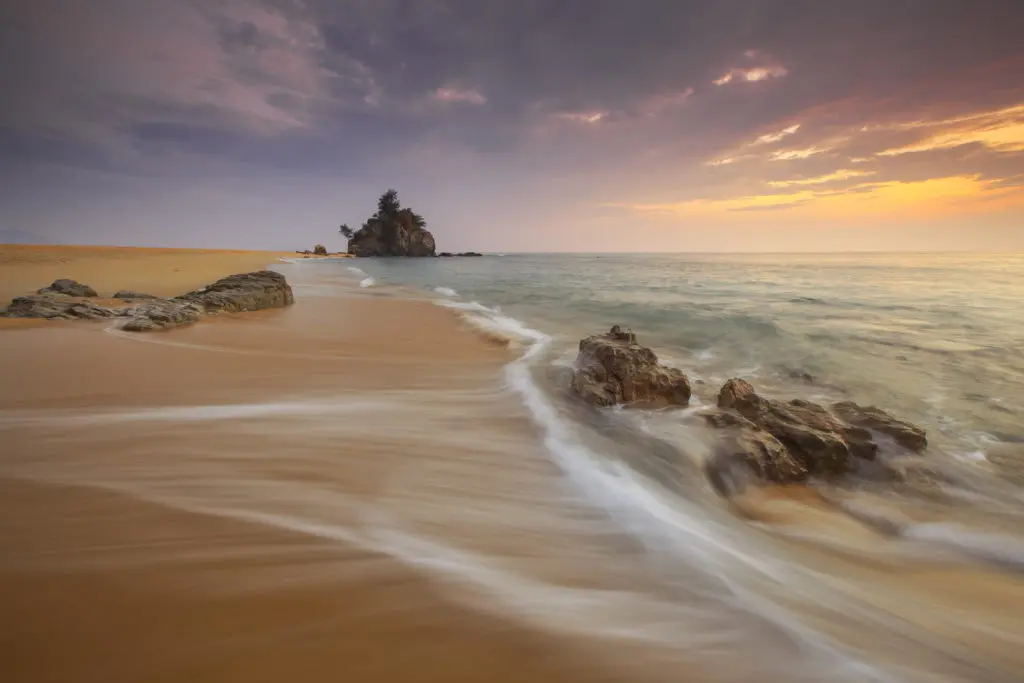
Tip #3 – The Clone Stamp Tool
In the right hands, this beauty can remove anything. Well, nearly anything. To use it, create a blank layer above your image's layer. Make sure ‘sample' (on the top panel) is set to ‘above and below'. When you hold alt and click on the image, it will select a patch.
Now, when you release alt and click elsewhere, it will paint the same patch, cloning it. Make sure to paint onto your new layer, as this allows you to avoid destructively messing with the original image.
Once you get the hang of it, this is a very creative tool. It becomes effortless to remove things like unwanted people from your image by simply painting them out. Playing with the flow setting allows for more seamless painting in some situations, so bear that in mind too.
What I love using the clone stamp tool for the most, is little artefacts you might not have spotted at the time of photographing; a tiny barn in the distance, whose roof is brightly reflecting sunlight; the side of a car poking through the trees; a discarded chocolate bar wrapper, nestled in long grass.
Removal of these distracting elements allows the viewer to be taken exactly where you intended within the photograph. It also provides a much cleaner, simpler image. By this, I mean an image that isn't confused about its intention and leads the viewer gracefully through the frame.
Further Learning
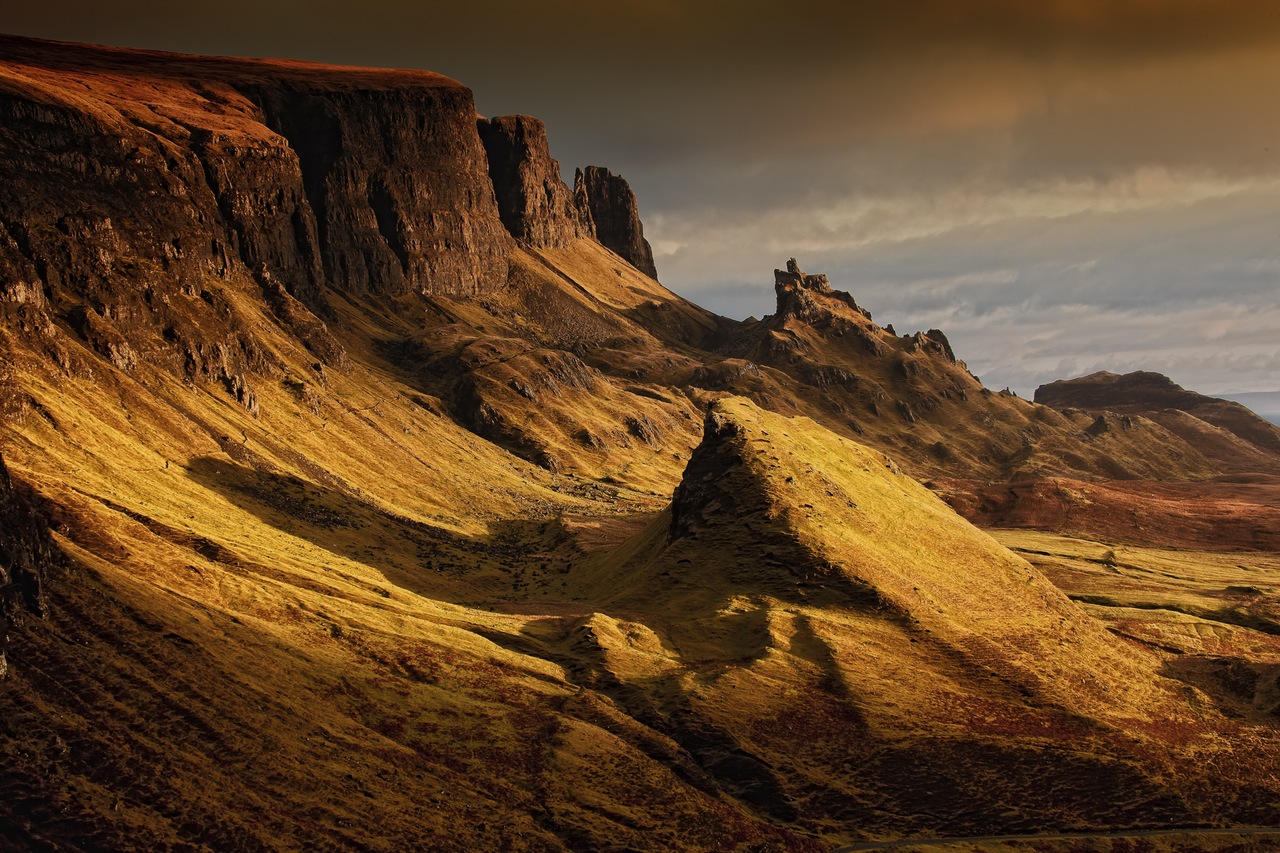
Further Landscape Photography Tips
Our landscape photography tips article will give you a higher level view of landscape photography including some shooting considerations and other post-production ideas that you should be aware of. Check it out if you're trying to round out your landscape photography skills.
Final Thoughts
Photoshop is an amazing tool for photographers. By mastering these 3 quick tips, I believe you'll get the best out of your landscape images.
While Lightroom, which really is specifically built with the photographer in mind, provides a fantastic and logical workflow for editing your images (thank you Lightroom for the ability to work in batches!), Photoshop really is the perfect tool for working specifically on retouching a single image to get the results that you envisaged.
Further Learning
Editing has been a fundamental pillar of photography since its early beginnings. Indeed, it is heavily connected to post-processing, digital development or editing, and you can't really consider doing one without the other.
If you are looking for a course that will take you through the fundamentals of editing, then take a look at Photzy's Fundamental Editing.
This is a complete step by step guide to photographic editing from best-selling photography teacher, Kent Dufault.


